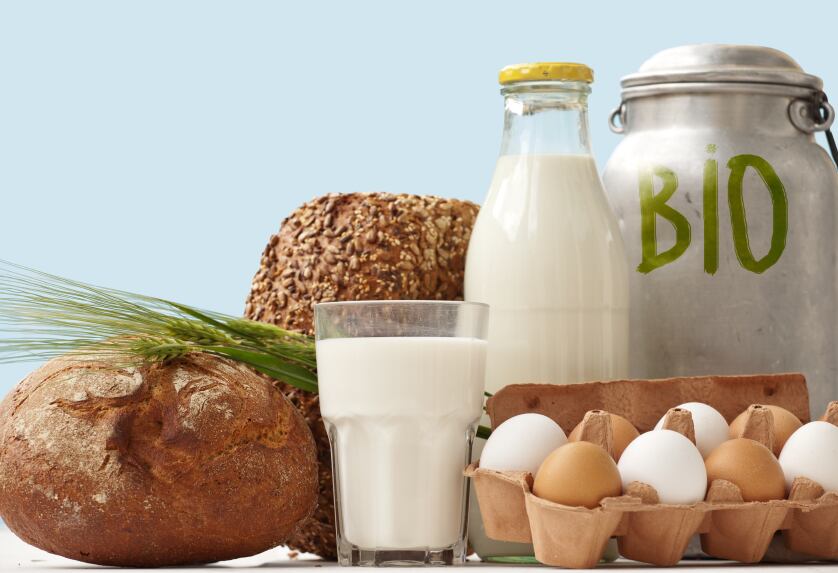In an economic climate marked by crippling deflation and deep promotional price cuts, organic sales remained stable in 2015 with a growth rate of of 4.9% and even outperformed the non-organic grocery market as a whole which decreased by 0.9% for the same period.
This growth is being fuelled by several key trends: innovation in the organic sector with many new product launches, such as kale chips, coming from small organic manufacturers; and a changing consumer habits, the report said.
“[Consumers] are shopping in large out of town stores less and doing smaller shops in local stores. This works well for organic on the high street, where smaller stores can have a specialist range. A decade ago, supermarkets had around 80% of organic sales, now they have less than 70%. This equates to a £200 million more in smaller independent shops. These independent retailers are continuing to carve out a niche for organic.”
Currently worth £1.95bn (€2.47bn), the report predicts the UK organic market will break through the £2bn (€2.53bn) mark in 2016 and reach levels seen before the recession.
Breakdown of the best
According to data obtained from retailers, the best-selling organic brand in Britain is Yeo Valley but other key brands include Clipper and Pukka teas, Green & Black’s chocolate, Ella’s Kitchen baby food, Ocado’s Wholegood

and the private label ranges Duchy by Waitrose and Sainsbury’s So Organic.
Organic baby food dominates the category with an impressive 60% share, followed by carrots at 14% and yoghurt at 8.3%.
But the categories seeing the highest growth rates are canned and packaged goods and chilled convenience foods, specifically jams and spreads (+28.1%), fish (+25.1%), oils and vinegar (+17.5%), , poultry (+13.1% ) and tea (+12.8%).
‘An entrepreneurial approach’
Despite the optimistic prospects for organic, the amount of land being converted to organic production in the UK is declining. According to figures from the Department for the Environment, Food and Rural Affairs (DEFRA), the area of farmed organic land has fallen marginally from 576,000 hectares in 2013 to 548,000 hectares.
This lies in stark contrast to the rest of Europe where the amount of organic farmland increased by 2.3% in 2014 to 11.6 million hectares.
But according to Simon Crichton, food, farming and trade team leader at Triodos Bank, this likely due to a number of British farmers retiring rather than producers actively abandoning organic methods due to a lack of confidence in the sector.
“We’ve [also] seen this being tempered by a new generation of farmers coming through, taking an entrepreneurial approach to building their businesses. Direct sellers in meat and vegetables continue to benefit from relying less on the supermarkets, nurturing a closer relationship with their customers and harnessing the power of the internet to reach new markets," he said.
Who buys organic?
The report also outlines a profile of the typical organic shopper, who is likely to be aged between 25 and 44 years and come from a higher socio-demographic group. Working consumers with children are also strongly represented.
So-called Millennials – people born between 1980 and the early 2000s – are also big organic buyers, with 53% of 18 to 29 years old in the US saying they try to include organic food in their diet compared with one third of seniors.

It may not come as a surprise but organic shoppers also place more importance in health – 64% say this is important to them – and have a strong environmental conscience, with 86% of organic-buying Brits recycling compared to 73% rest of the population, according to the report.
Elsewhere in Europe
Germany’s organic market is still the largest is Europe, worth £6.4 billion (€8.1bn), and in 2014 grew by 4.8%. “Compared to the UK market, Germany’s is less driven by supermarkets, and has a much stronger independent retail sector. This means organic products are more accessible and available."
In second place is France which has a smaller market share at almost £4bn (€5.07bn) but is growing at an impressive 10.2% while the demand for organic products in Italy is growing by 6.2%.
